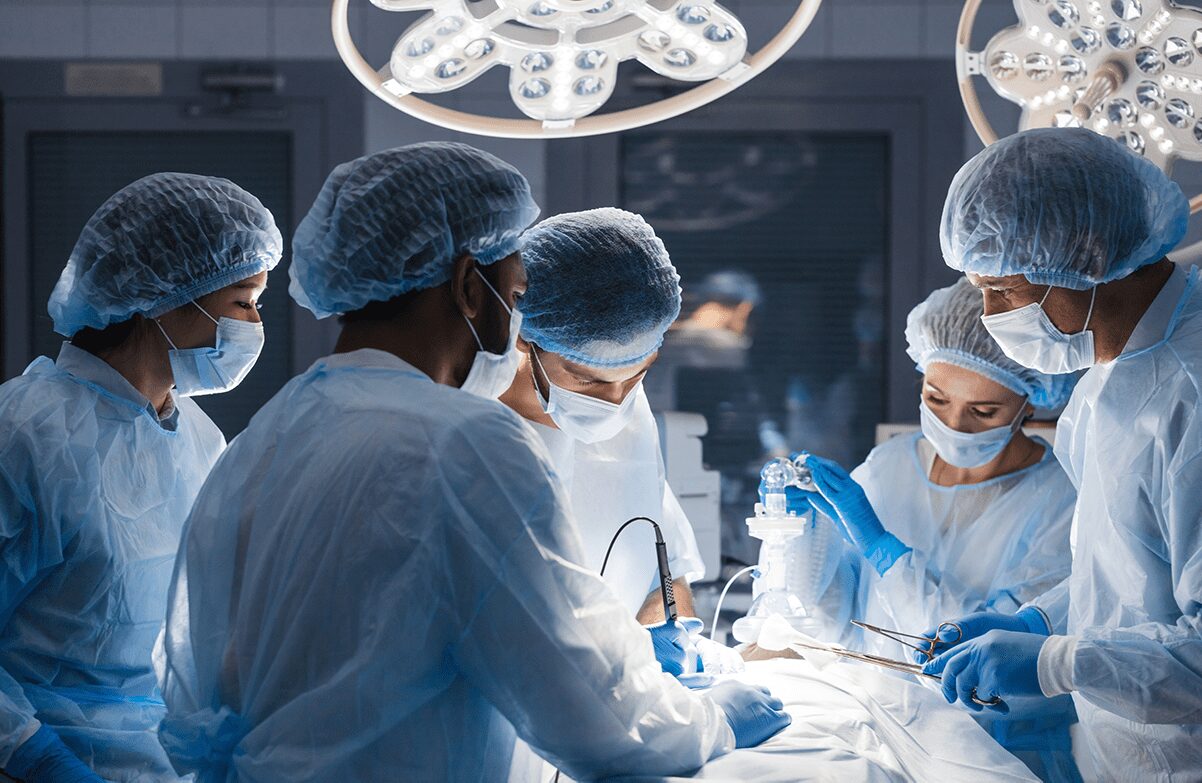Are your reprocessing procedures successfully removing all biological matter from surgical instruments?
The success of an SPD requires that the answer to that question be a definitive, absolute yes—but how can you be sure? There are a variety of ways to detect the presence of bioburden on instruments. One of the most common, unfortunately, is the least reliable: the visual check. An SPD staffer looks over the instrument. If they don’t see any residue, the instrument is checked off as clean.
But bioburden isn’t always visible to the human eye. Glancing over instruments is not enough to ensure that reprocessing was successful and the instruments are safe for use on new patients.
This is where bioluminescence comes in. The high-tech detection process uses some basic chemistry and a luminometer to measure remaining bioburden through light detection. Here’s how it works:
The Basics of Bioluminescence
If you think bioluminescence is that light let off by deep-sea fish, you’re not wrong, but deep-sea creatures aren’t the only living things to let off light. Humans are actually somewhat bioluminescent—though not enough for us to notice without special gadgets.
Bioluminescence is “the biochemical emission of light by living organisms,” according to the New Oxford American Dictionary. In other words, it’s light that living things give off due to natural chemical processes.
To measure bioburden using bioluminescence, technology is used to create a chemical reaction that causes the existing bioburden to emit light. Adenosine triphosphate (ATP) bioluminescence technology breaks down ATP, which is present in all living cells, into adenosine biphosphate (ADP) and phosphate (P). “That process releases energy … and can be detected as light emission with the use of bioluminescence assays,” a study from the Geisinger Medical Center in Danville, Pennsylvania, explains.
In other words, if there is bioburden on an instrument, there will be ATP on the instrument wherever the bioburden is. Bioluminescence tools react with the ATP, causing it to give off light, and a luminometer is used to measure the light. The more light the luminometer measures, the more bioburden is present on the instrument and the more unsafe the instrument is for reuse.
Using Bioluminescence in the SPD
Bioluminescence has been used to determine the cleanliness of food processing environments, as well as to gauge water contamination. It’s only natural for the method to translate into SPDs. The ability to measure the presence of bioburden that would go unnoticed by the naked eye is crucial for ensuring that instrumentation is actually clean and ready for reuse. Bioluminescence tests can also be used to measure bioburden on surfaces—countertops, cabinet doors, etc.—within the SPD to make sure that instruments aren’t in danger of being contaminated after they’re reprocessed.
If bioluminescence tests are conducted regularly, you can use the resulting data to demonstrate to upper hospital management that your department is successfully doing its job. This information can back your department up if problems arise regarding patient outcomes, placing the SPD under scrutiny.
Bioluminescence can also show you what instruments or parts of instruments or places within the SPD are likely to collect otherwise unnoticed bioburden, so you can direct your staff to pay special attention to those areas.
All of these uses make bioluminescence of particular use for improving SPD performance and success, while also supporting overall patient safety.
However, bioluminescence is not a silver bullet for detecting contamination. According to the CDC, ATP measurements include living bacteria and dead organic debris, and an ATP bioluminescence system doesn’t work if a bleach-based disinfectant is used in reprocessing. ATP systems also can’t detect contamination if the matter present is “composed solely of proteins, and there are no active metabolizing cells,” according to a white paper from 3M.
Still, ATP bioluminescence tools can provide helpful vision into a glaring blind spot of SPDs, offering data and raising flags on bioburden that would otherwise go undetected.


